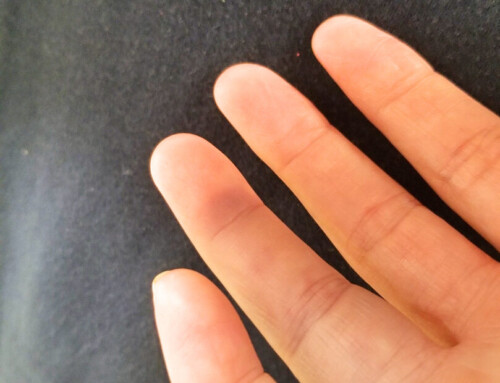
“Distracting injury” is a frequent cited reason for imaging the cervical spine in blunt trauma patients, per the NEXUS study. In the Journal of Trauma in 2005 and 2011, studies aimed to narrow the definition of “distracting injury”. Although both are studies at different sites, both conclude the same:
- Chest injuries may be considered “distracting injuries” because of their proximity to the cervical spine.
Example
So let’s say you are caring for a non-intoxicated motor vehicle crash patient with an isolated tibia fracture (i.e. a “long bone fracture”), no chest injuries, and no neck pain/tenderness. Per the NEXUS criteria, you might consider this patient to have a “distracting injury” because of the long bone fracture. Instead, the literature now supports your clinically clearing the cervical spine without imaging.
Wait, let’s rethink this. Does this mean that you should get cervical spine imaging for ALL blunt trauma patients with ANY chest wall tenderness?! NO. That’s just crazy. You should still factor in the mechanism of injury, severity of pain, and your clinical gestalt.
So for me, these “distracting injury” studies are helpful such that:
- If your trauma patient does NOT have chest trauma, it may help you avoid unnecessary cervical spine imaging, as suggested by the NEXUS criteria.
- If your trauma patient DOES have significant chest trauma, I have a lower threshold to obtain cervical spine imaging despite the neck being non-tender.
PV Card: Distracting Injuries in Cervical Spine Assessment
Go to ALiEM (PV) Cards for more resources.




